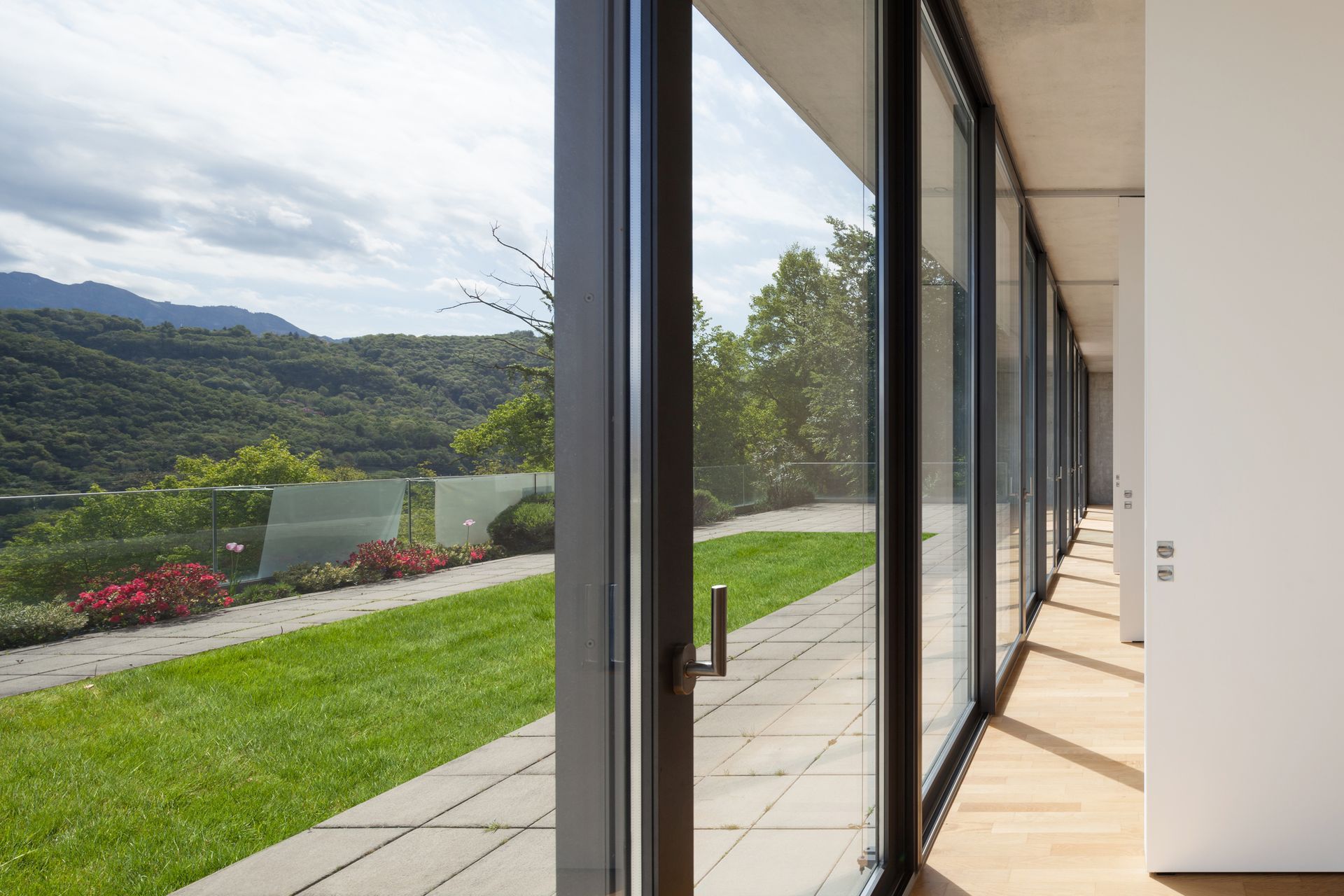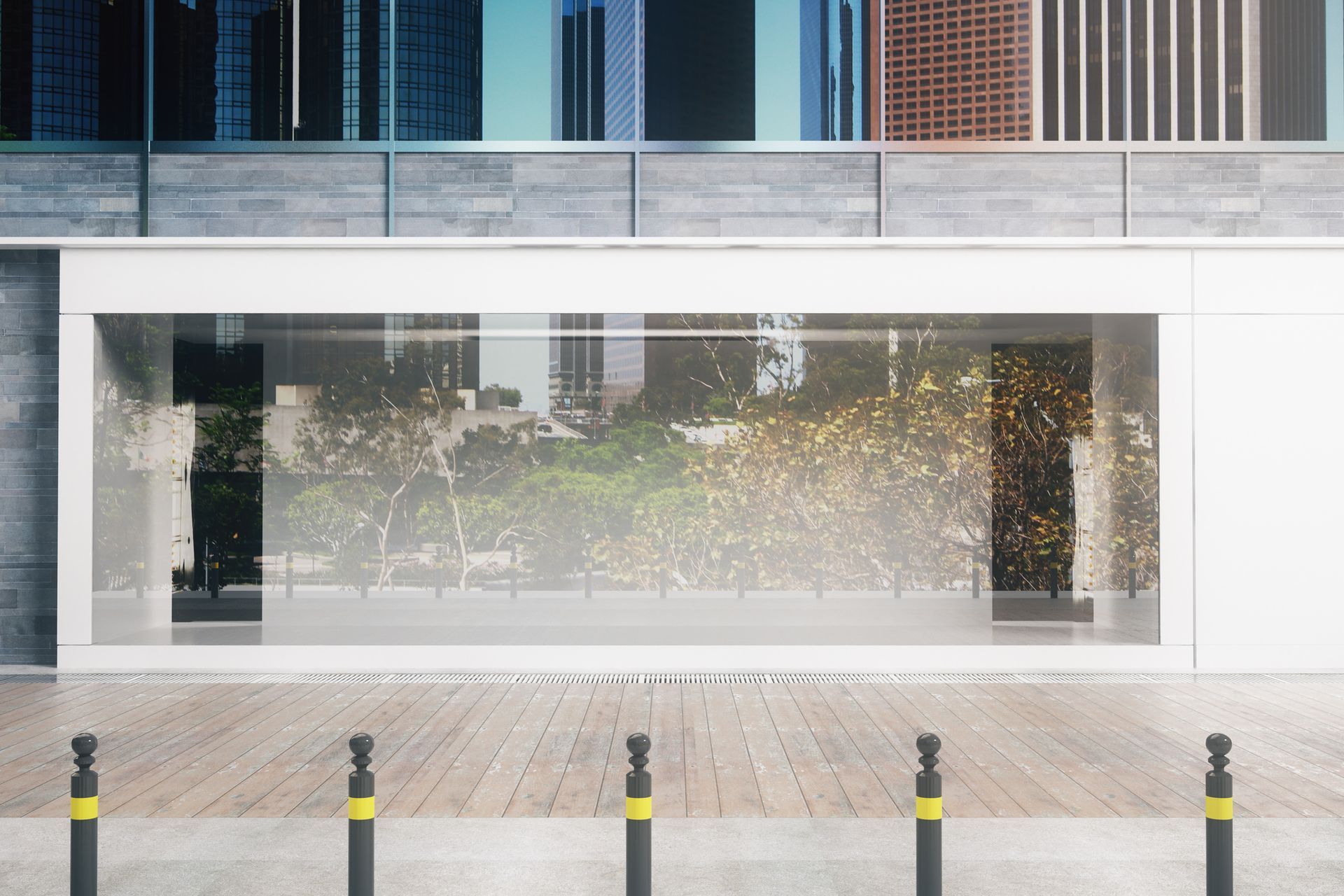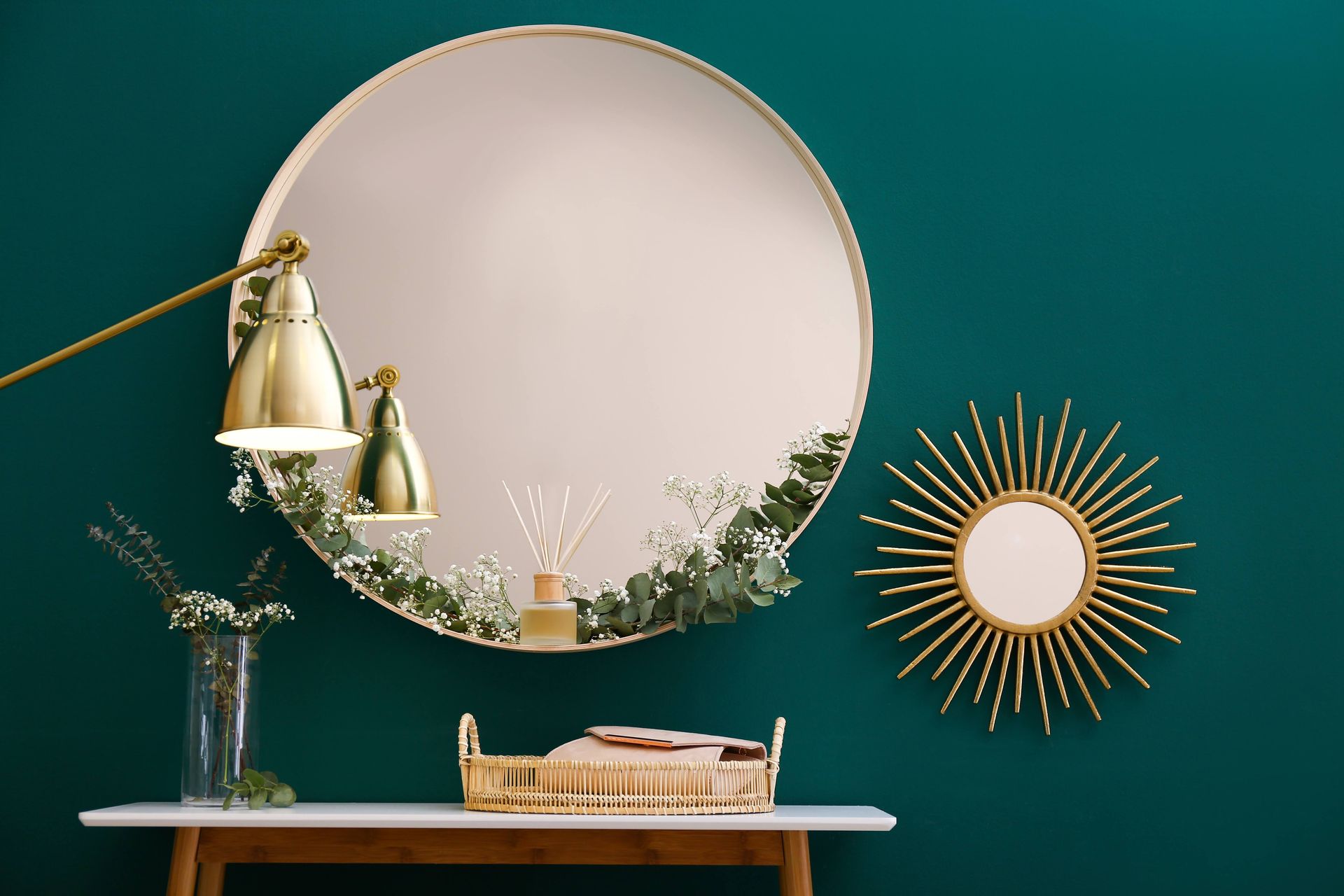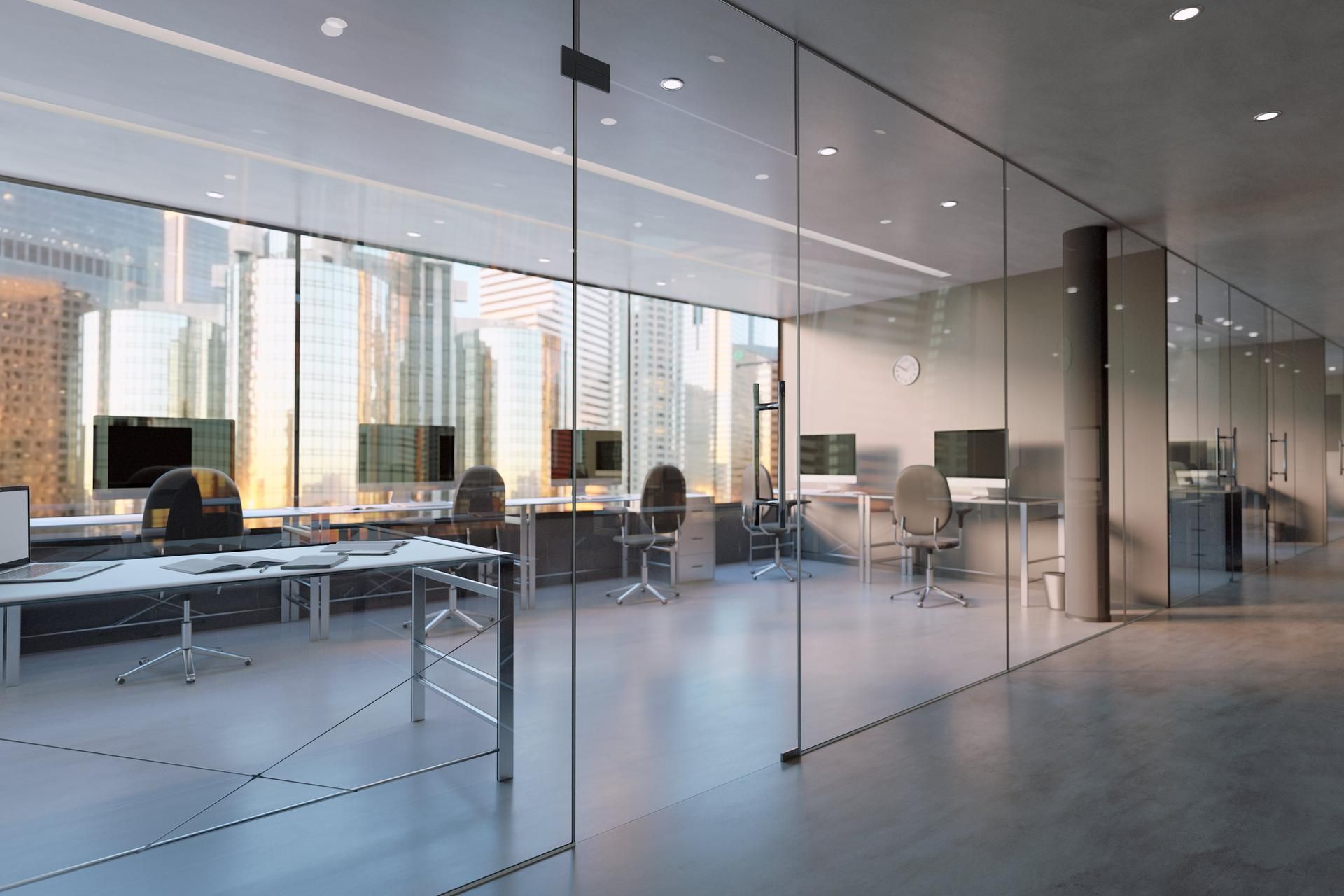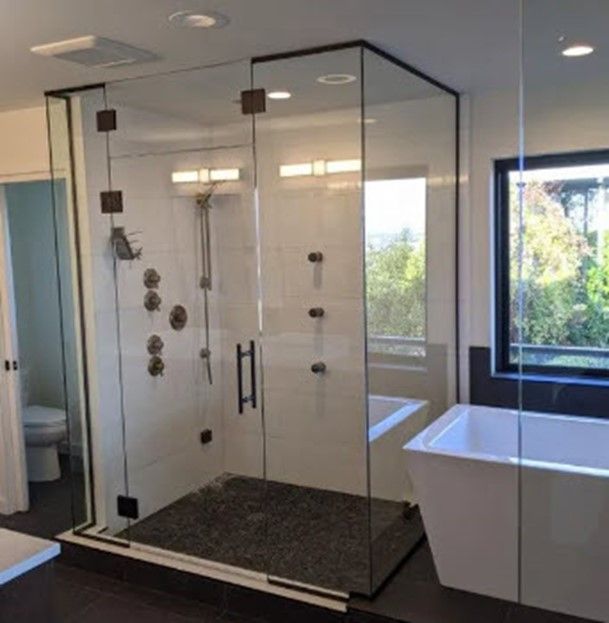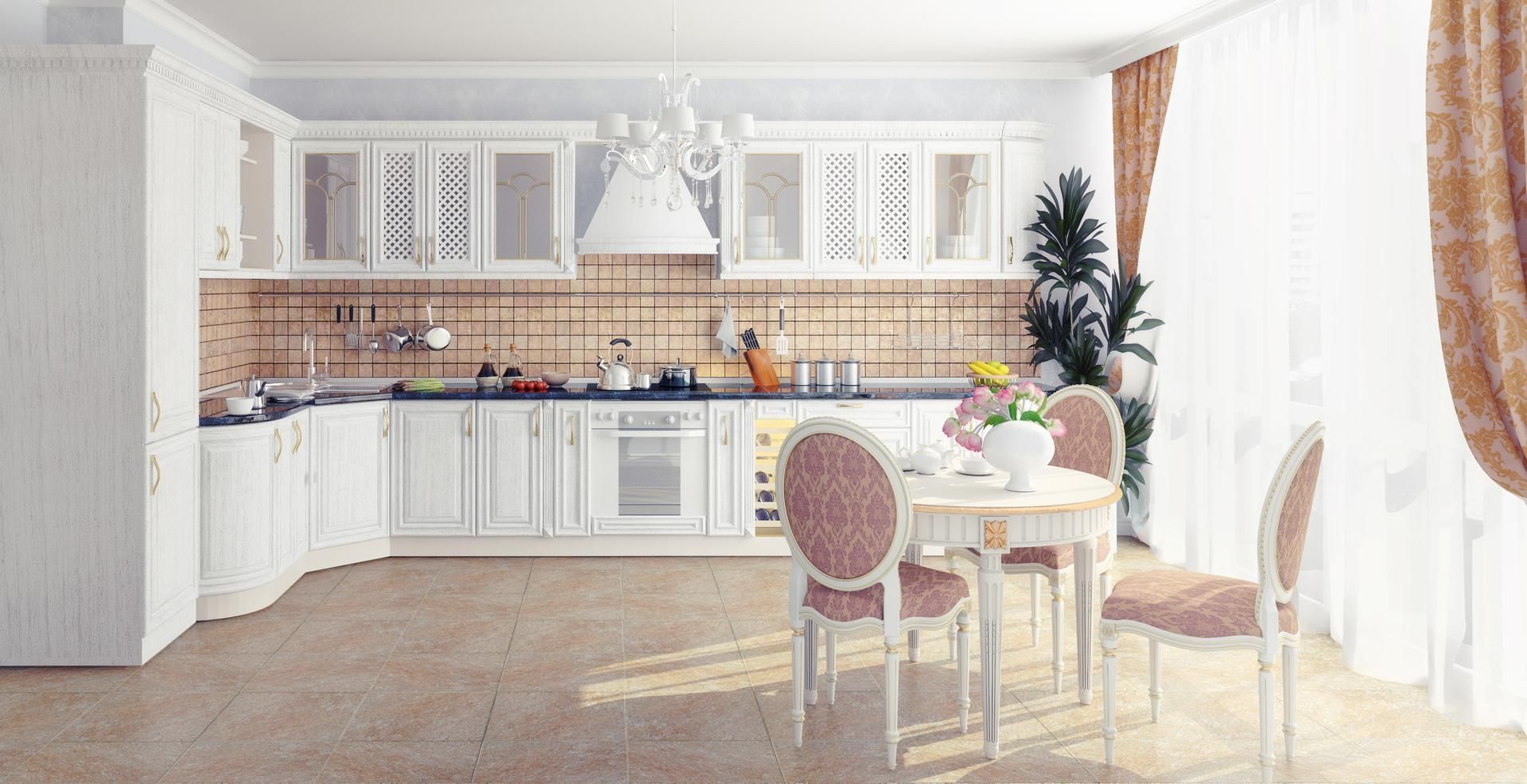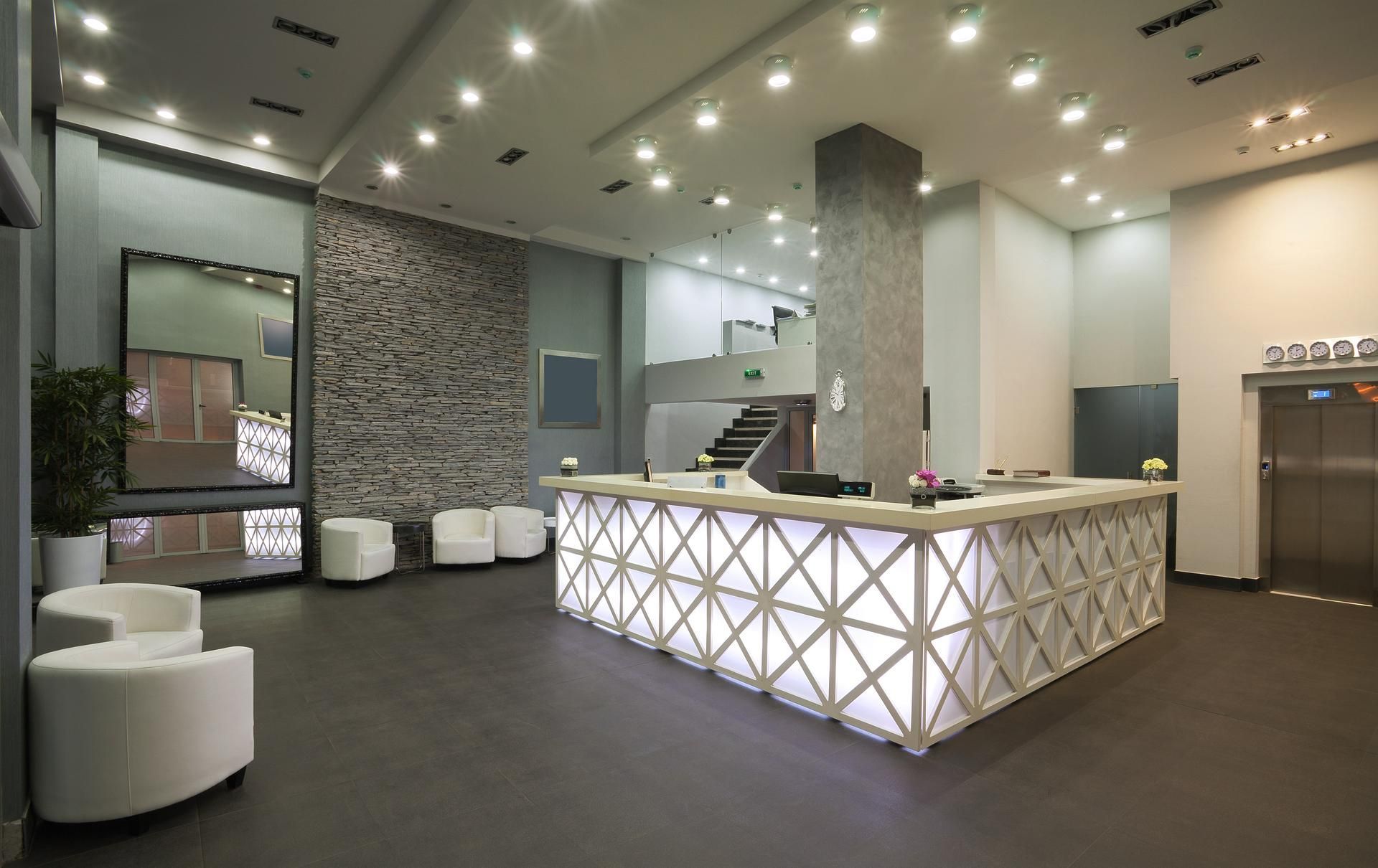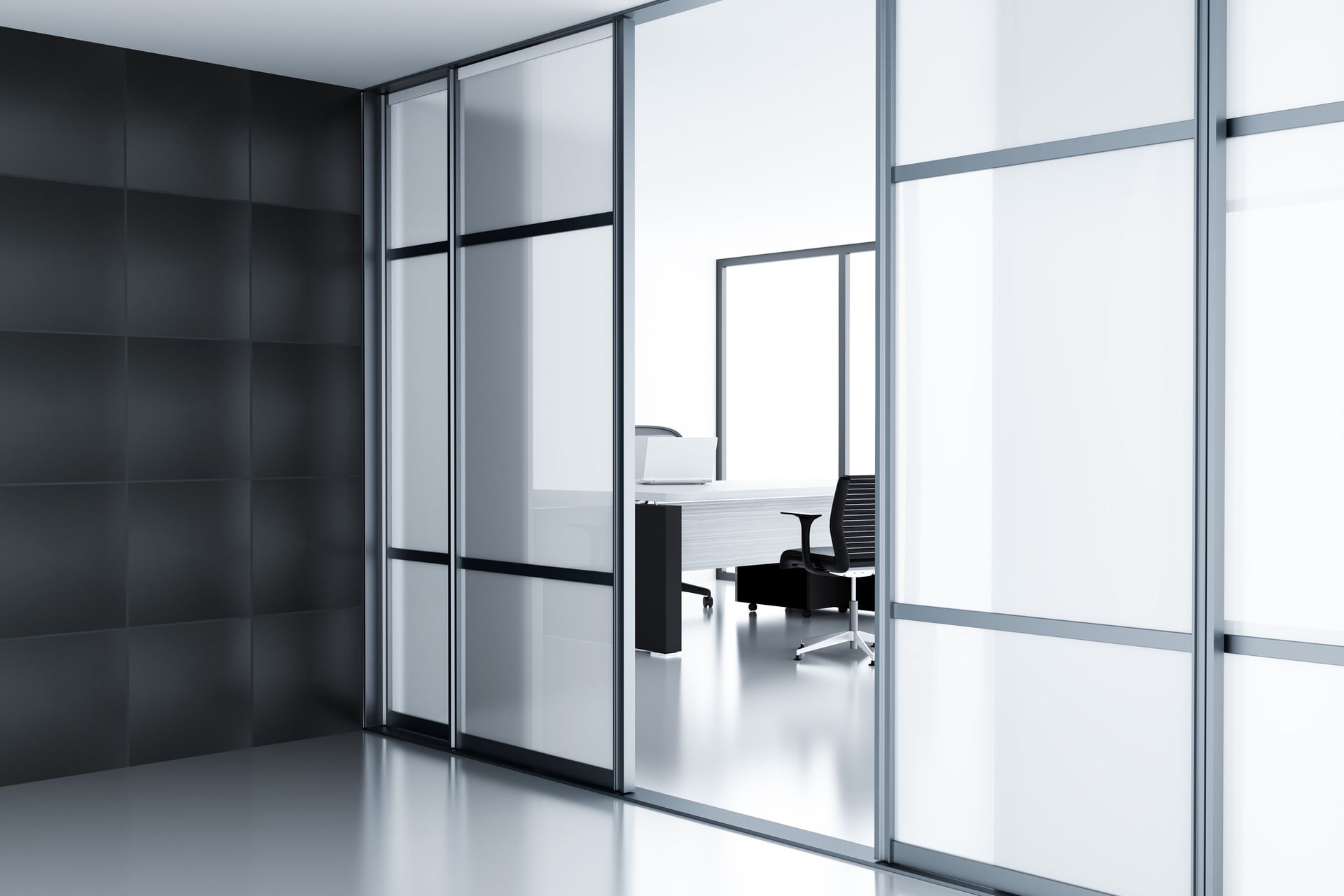Mirror's Edge: Choosing the Right Edgework
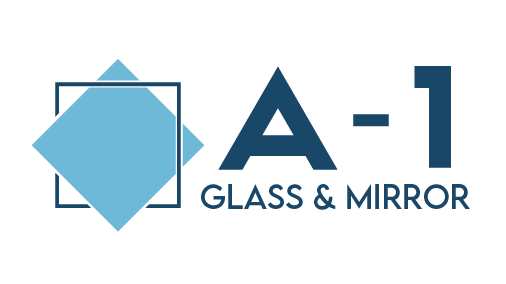
Mirror's Edge: Choosing The Right Edgework
A-1 Glass & Mirror can provide or fabricate many styles of edgework for mirrors and clear glass. Outside of a few specific applications, edgework is mostly an aesthetic decision, and as such is a deeply personal choice. The main consideration when selecting edgework for your glass or mirror comes down to a simple question: Will the edge of my glass be seen? If the edge will be seen, several options exist to select from. If the edge will not be seen, most people elect to utilize a “Shop Edge,” or less commonly a “Seamed Edge,” for example in tables, picture frames, or shelves where the glass fits into a recessed space or pocket. Whatever style is best for your piece, this simple guide can help inform your decision about the edgework of your mirror or clear glass.
Seamed Edge: An industry term, a seamed edge is completely unfinished. Custom fabricated mirrors are typically “broken” or cut to size, and the newly cut edge is known as a seam. Seamed edges can be sharp, and are appropriate only for applications where the edges of glass are not visible. While ¼” mirror and clear glass can be seamed, any glass thickness larger than ¼” requires factory edgework, as thicker glass will prominently display the “wavy” material imperfections inherent to all heavy glass.
Polish: A polished edge presents as a translucent, semi-reflective, greenish or bluish tint. A polished edge will feel very smooth, similar to the face of the glass. The faint greenish or blueish tint is the natural color of the glass when viewed in profile.
Grind: A ground edge presents as an opaque, matte, non-reflective, greenish or bluish tint. A ground edge will have a texture similar to fine sandpaper, and its appearance will contrast significantly with the smooth face of the glass. The faint greenish or blueish tint will be similar to a Polish Edge, although far less pronounced. Grind Edges are generally less noticeable and less “eye-catching” than Polish Edges.
Shop Edge: A “Shop Edge” is the most economical edgework option, and simply removes the sharp corners of the glass to prevent potential injury during transport or installation. A Shop Edge will appear matte (similar to a “ground” edge) and the edge will be rounded/semicircular (similar to a “Pencil” edge), although the appearance is slightly less elegant than the more finished options below. NOTE: All custom-fabricated mirrors at A-1 Glass come with a shop edge.
Flat Polish: A Flat Polish edge presents as a trapezoidal shape, similar to a flat-topped pyramid. Flat Polished edges will also have the same semi-reflective, greenish or blueish tint inherent to all polished edges. A Flat Polished edge is a good choice if the edge of your glass will be exposed to view.
Flat Grind: A Flat Grind edge presents as the same trapezoidal shape as the Flat Polish edge, however with a matte and opaque appearance, and texture similar to that of sandpaper. The greenish or bluish tint will be more faint and less noticeable compared to a Flat Polish edge. A Flat Grind edge is a good choice if the edge of your glass will be exposed to view.
Pencil Polish: A Pencil Polish edge presents as a rounded/semi-circular shape, with the same semi-reflective, greenish or blueish tint inherent to all polished edges. Pencil Polish edges will have no angles, and are oftentimes seen as a more “contemporary” appearance than Flat Edges. A Pencil Polish edge is a good choice if the edge of your glass will be exposed to view.
Pencil Grind: A Pencil Grind edge presents as a rounded/semi-circular shape, with the same opaque, matte, textured appearance inherent to all Grind Edges. Pencil Grind edges will have no angles, and are oftentimes seen as a more “contemporary” appearance than Flat Grind Edges. A Pencil Grind edge is a good choice if the edge of your glass will be exposed to view.
Arris: The edge formed by the meeting of two curved or flat surfaces. In common language, the Arris is the edge of a piece of glass. Each of the edgework options presented here refer to various designs and finishes of that edge, or more technically, arris.
Bevel: A slope on the face of a piece of glass, which leads into the edge. Bevels can be various sizes and designs. Most commonly seen on mirrors, typical bevel dimensions are ½”, 1” or 2”. The terms Arris and Bevel are often confused, however a bevel differs from an arris in that an arris is on the edge of glass, while a bevel is on the face of glass.
Whether your new glass needs to be a perfect reproduction for an antique restoration, or you simply need custom sized glass for a patio table sacrificed to a neighbor’s errant baseball, A-1 Glass & Mirror is ready to assist with all your glass needs. And, if you aren’t quite sure of your edgework options, the friendly glaziers and staff at A-1 Glass are happy to advise you on choosing the right piece of glass and edgework for your project and budget.
Reliable – Quality - Friendly
Since 1955
A-1 GLASS & MIRROR
5465 SW WESTERN AVE STE. J
BEAVERTON, OR 97005
T: 503-646-9641 F: 503-643-9439
https://www.a1glassandmirror.com/
Browse Our Website
Contact Information
Phone: (503) 646-9641
Email: info@a1glassandmirror.com
Address: 5465 SW Western Ave Suite J Beaverton, OR 97005
Office Hours:
- Mon - Fri
- -
- Sat - Sun
- Closed
License #: 236963 - Oregon
A1GLAGM787N9 - Washington
